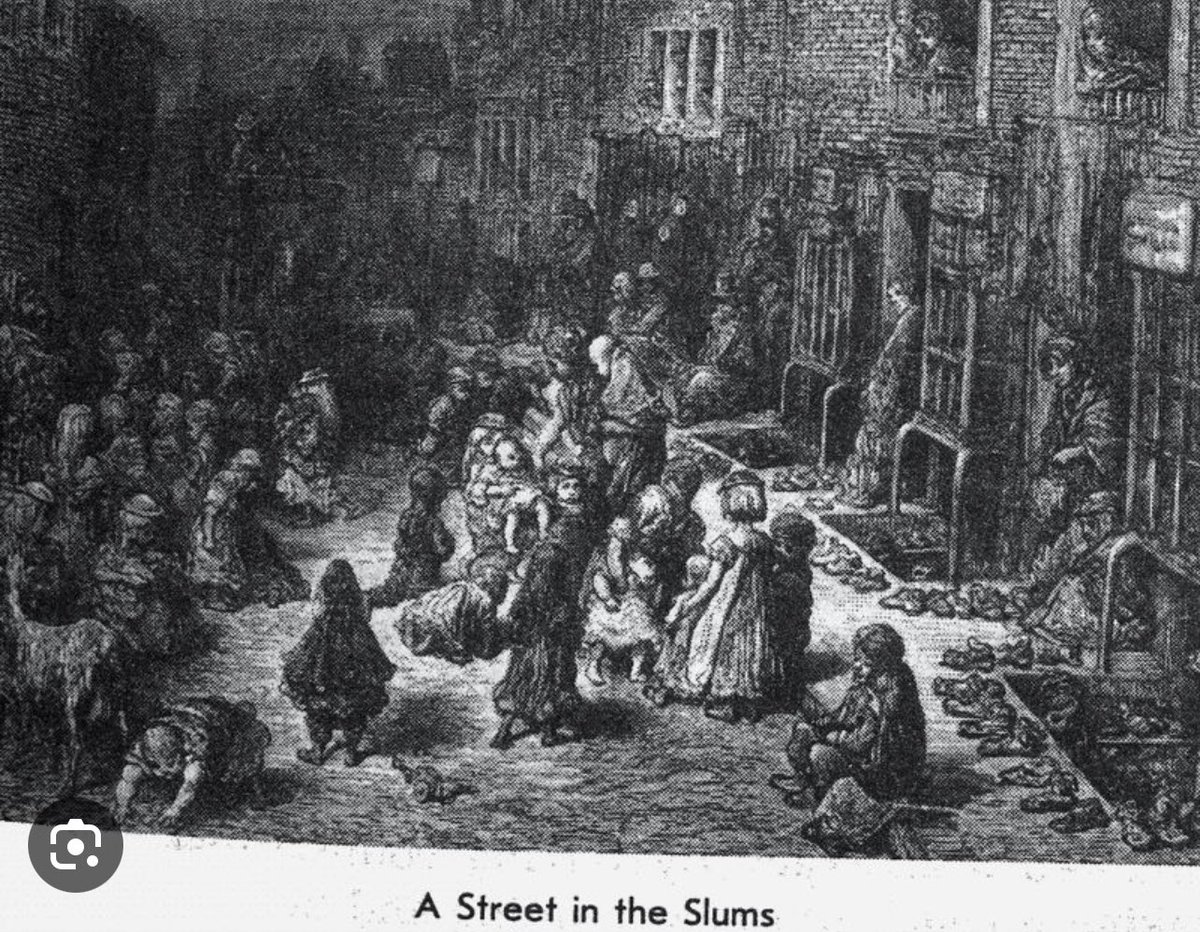On the Today programme this morning Sir John Bell echoed the official story that in the first six months of the pandemic we faced a new virus with little evidence to guide us. Nothing could be further from the truth. THREAD (1) 

We can’t compare death rates between countries say statisticians. Sir Patrick Vallance wrote to the Inquiry that “a 'zero Covid' strategy could have been pursued, but required a national lockdown and border closures by the end of February.. (2)
to be continued indefinitely.” These statements are wrong. As early as January 28 2020 the UK Scientific Advisory Group of Experts (SAGE) unanimously decided on a pandemic strategy based on the wrong virus, influenza, simply to limit the spread. (3)
In written evidence to the Inquiry Sir Chris Whitty claims that the strategy was correct and that he sees no reason to change the way advice is given. (4) 

In contrast, Jeremy Hunt, as chair of the Health Select Committee, called it “one of the biggest failures of scientific advice to ministers in our lifetimes”. (5)
On Jan 28, SAGE made 4 false assumptions: that Covid could not be suppressed, that a huge second wave would follow even if it was, that suppression required a long-term lockdown, and that modellers, not public health experts, shd advise how to limit spread of the virus. (6)
The CMO formed no advisory groups to plan or model for suppression through scale-up of testing, tracing and financial support for isolation of cases and contacts. The actions of East Asian states and advice from WHO in January to suppress were ignored. voanews.com/a/science-heal…
In my evidence to the Inquiry I explained how these early errors were critical to the UK death toll. By January 24 we knew how serious the epidemic was. Wuhan residents were dying in the streets and three Lancet papers showed high case fatality rates... (8)
...human-to-human transmission and rapid spread to other countries. Scientific papers from after the 2003 SARs1 outbreak (3 members of SAGE were authors) emphasised that coronavirus infections, with much lower transmission rates... (9)
and longer incubation periods than influenza, could be suppressed by isolation of cases and close contacts. See this paper co-authored by Neil Ferguson (10) pnas.org/doi/10.1073/pn…
...and this paper co-authored by Jonathan Van Tam and Peter Horby. (11)
pubmed.ncbi.nlm.nih.gov/16494722/
pubmed.ncbi.nlm.nih.gov/16494722/
the key para is “ influenza has a serial interval of 2 to 4 days and infectivity is maximal early in illness, whereas for SARS the serial interval is 8–10 days and infectivity peaks during week 2 of illness.... (12)
"... These factors (for influenza) allow little time for instituting the isolation and quarantine interventions that were essential in controlling SARS.” In other words coronaviruses can be controlled. And the E Asian states, unlike the UK, did with Covid. (13)
The East Asian states acted fast. Within a fortnight they mobilised biotech companies and experts to scale a test. Through shoe leather epidemiology, not mathematical modelling, they mobilised thousands of junior doctors.... (14)
...and community health workers to put boots on the ground in hotspot areas to ensure cases and contacts isolated and were treated promptly. (We left our 750,000 volunteers unused...no attempt made to link them with district public health teams) (15)
The UK witnessed a public health disaster. Covid19 has caused over 229,500 civilian deaths, three times the number during the Blitz. (16)coronavirus.data.gov.uk/details/deaths…
The Public Inquiry has focused on political and civil service conflicts, the timing of lockdowns and accuracy of modelling. But what shd we be doing right now to respond better next time? How many deaths could have been prevented? Could we have avoided lockdowns? (17)
The East Asian states suppressed their epidemics within 2 months, with death rates FIVE times lower over the course of the pandemic. If we had done the same we might have prevented 150,000 deaths. (18) 

The claims about demographic differences don't stack up. Notably, Japan and south Korea have similar GDPs, life expectancy and age profiles to the UK. (19)
And Japan, South Korea and China had no national lockdowns, only in hotspot areas. They had NO second waves before a vaccine was available. Further local outbreaks were quickly snuffed out. (20)
Overall, the E. Asian economy grew during 2020. By contrast, the UK saw the largest fall in our GDP (11%) since 1709. The IMF estimate we spent £410 billion on furlough for 11.7 million workers, on business support... (21)
... and on a hopeless, privatised test and trace scheme() The Bank of England also committed £450 billion to quantitative easing. (22)commonslibrary.parliament.uk/research-brief…
Yet our government refused proper sick pay to help people isolate, spending a miserly £54 million in 2020 (Government expenditure on statutory sickness benefits in the UK 1948-2023 Published by D. Clark , Oct 11, › statistics › 509832). (23) 2023.www.statista.com


Consequently, compliance with isolation was dismal. Across all waves, just one in five with symptoms sought a Covid test, and only 43% stayed at home for 14 days. () (24)bmj.com/content/372/bm…
And by 2023, an ONS survey showed 1.9 million people had Long Covid symptoms, 41% lasting for over two years. With a curious link to the surge in people missing from the workforce which is helping to sustain inflation. This couldd have been largely prevented. (25)
• • •
Missing some Tweet in this thread? You can try to
force a refresh

 Read on Twitter
Read on Twitter



















